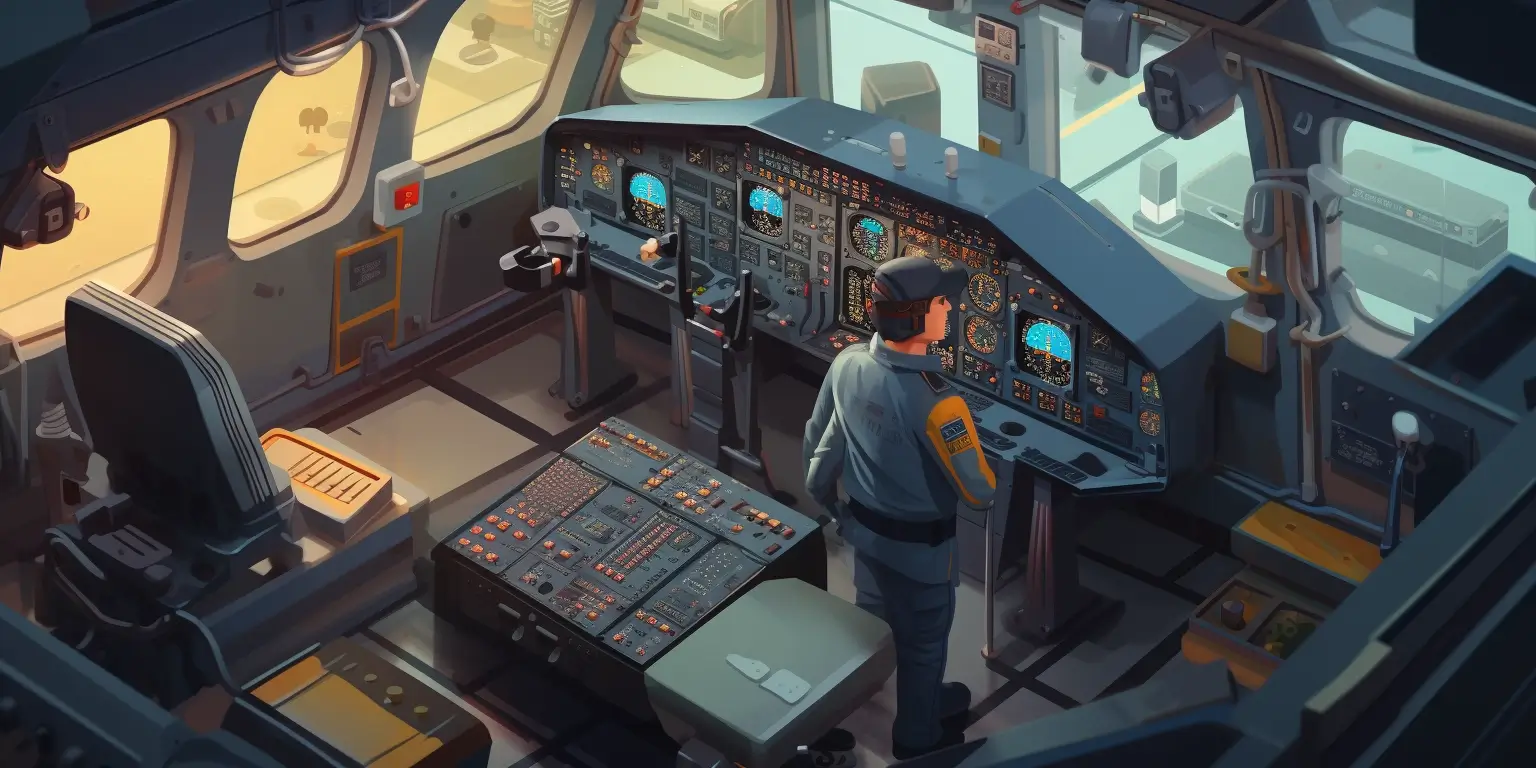Air-Guardian is the latest marvel in the world of aviation technology from MIT. This isn’t just a run-of-the-mill AI; it’s meticulously crafted to work side-by-side with human pilots, ensuring every decision made in the cockpit is the safest one.
The genius behind Air-Guardian is its capability to harmonize with the pilot’s actions. If a crucial detail is overlooked or the pilot becomes overwhelmed, the AI intervenes, ensuring the plane’s safe passage. This synergy between humans and machines showcases MIT’s dedication to leveraging technology for the greater good.
➜ Liquid Neural Networks: The Brain Behind Air-Guardian
Diving into the heart of Air-Guardian, we find Liquid Neural Networks (LNNs). These are groundbreaking creations from the MIT Computer Science and Artificial Intelligence Lab (CSAIL). LNNs are not just another deep learning system; they’re a game-changer. They’ve already proven their mettle in various sectors, especially where there’s a need for AI systems that are both efficient and explainable. In essence, LNNs could be the next big thing, challenging the dominance of current deep learning models.
➜ How Air-Guardian Enhances Flight Safety
Air-Guardian’s approach to flight safety is unique. It doesn’t just monitor the plane’s systems; it keeps an eye on the human pilot’s attention and focus. If the pilot misses something crucial, the AI jumps in, ensuring the plane remains on a safe trajectory.
Ramin Hasani, an AI scientist at MIT CSAIL, explains:
“The idea is to design systems that can collaborate with humans. In cases when humans face challenges in order to take control of something, the AI can help. And for things that humans are good at, the humans can keep doing it.”
➜ The Power of Explainability in AI
One of the standout features of LNNs is their explainability. Traditional deep learning systems are often shrouded in mystery, earning them the moniker “black boxes.” But with safety-critical applications like Air-Guardian, understanding the AI’s decision-making process is paramount.
Hasani emphasizes the importance of this transparency, stating, “For safety-critical applications, you can’t use normal black boxes because you need to understand the system before you can use it. You want to have a degree of explainability for your system.”
➜ LNNs: Compact Powerhouses for Edge Computing
Another feather in the cap for LNNs is their compactness. They can perform intricate tasks with far fewer computational units, making them ideal for devices with limited processing capabilities. Hasani points out the challenges of deploying large AI systems on edge devices and how LNNs can be a game-changer.
“The compactness of liquid neural networks is definitely helpful because you don’t have an infinite amount of compute on these cars or airplanes and edge devices.” – Ramin Hasani
➜ The Future of LNNs and Their Applications
The potential applications for LNNs and systems like Air-Guardian are vast. From simple tasks across software applications to complex endeavors like automated surgery or autonomous driving, the horizon looks promising.
Hasani is optimistic about the future, drawing parallels between the current state of LNNs and the transformative period of AI before the introduction of transformers. He believes that LNNs could be the foundation for the next generation of AI systems, bringing powerful capabilities to everyday devices.
“This is a new foundation model. A new wave of AI systems can be built on top of it.” – Ramin Hasani
MIT’s Air-Guardian, powered by Liquid Neural Networks, is a testament to the leaps AI is making in ensuring safety and enhancing human capabilities. As AI continues to evolve, it’s innovations like these that will shape the future of technology. And with platforms like NeuralWit keeping us updated on the latest AI, we can expect to be at the forefront of this exciting journey.


